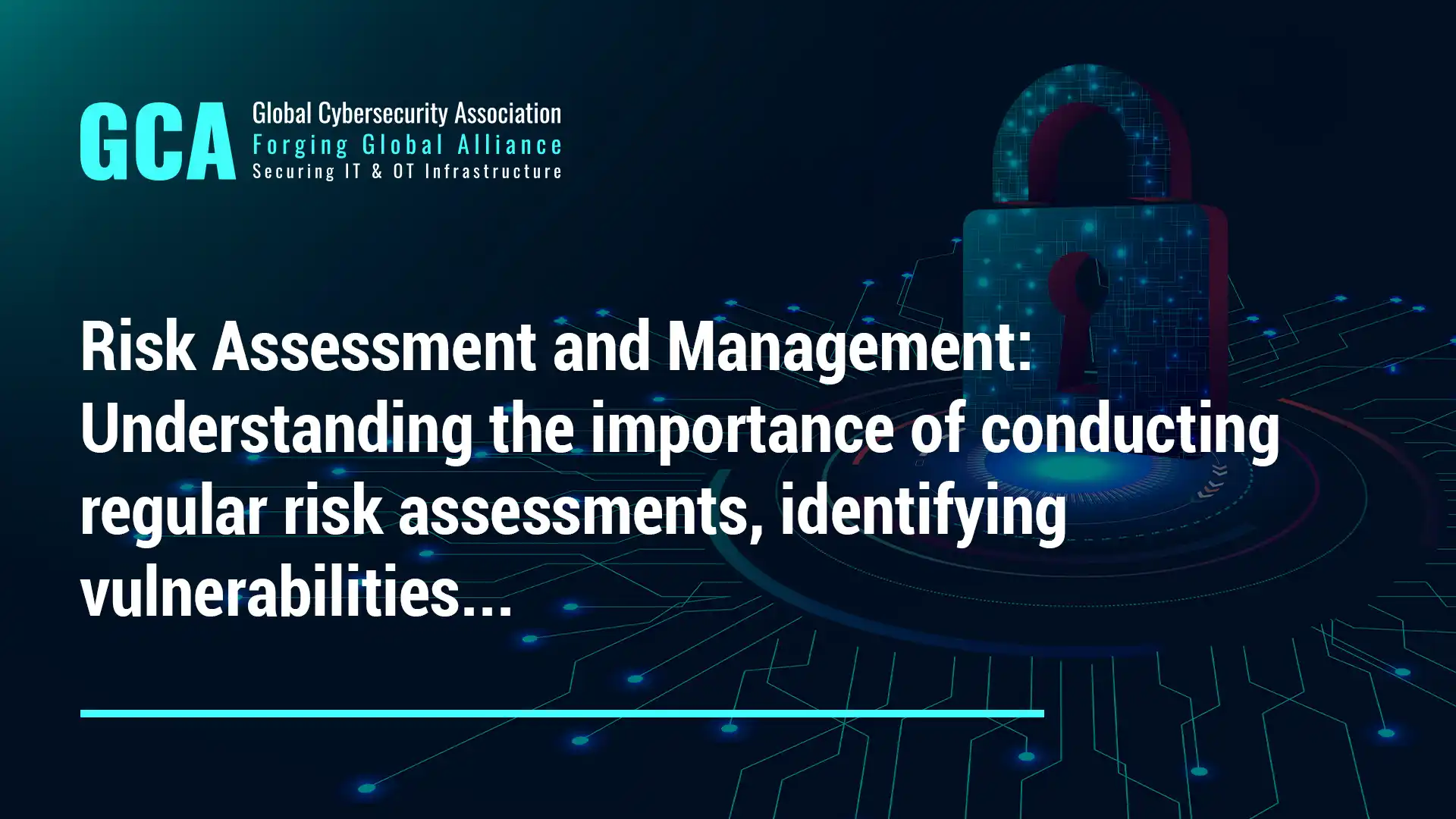Risk Assessment and Management, In today’s interconnected and digitized world, cybersecurity threats pose significant risks to organizations of all sizes and industries. To effectively protect valuable digital assets and sensitive information, businesses must prioritize risk assessment and management as fundamental components of their cybersecurity strategy. This blog explores the importance of conducting regular risk assessments, identifying vulnerabilities, and implementing risk management strategies to mitigate cybersecurity threats.
The Significance of Risk Assessment:
Risk assessment is the foundation of a proactive cybersecurity approach. It involves systematically identifying, evaluating, and prioritizing potential risks that could compromise the confidentiality, integrity, or availability of critical data and systems. By conducting regular risk assessments, organizations gain a comprehensive understanding of their unique threat landscape, enabling them to develop targeted and effective security measures.
Identifying Vulnerabilities:
Risk assessments play a crucial role in identifying vulnerabilities within an organization’s digital infrastructure. These vulnerabilities can stem from outdated software, misconfigured systems, weak access controls, or human errors. Through comprehensive assessments, businesses can pinpoint weak points and take proactive steps to address them, reducing the likelihood of successful cyber attacks.
Mitigating Cybersecurity Threats:

Effective risk management involves implementing strategies and controls to mitigate identified vulnerabilities and minimize the impact of potential cyber threats. This includes establishing robust security protocols, employing advanced threat detection technologies, and implementing encryption and authentication measures. Regular risk assessments enable organizations to identify emerging threats and adjust their risk management strategies accordingly.
Compliance and Regulatory Requirements:

Risk assessment and management are essential for ensuring compliance with industry-specific regulations and data protection laws. Many regulatory frameworks, such as the General Data Protection Regulation (GDPR) and the Payment Card Industry Data Security Standard (PCI DSS), mandate regular risk assessments as part of a comprehensive cybersecurity program. By adhering to these requirements, organizations not only protect their sensitive information but also avoid legal consequences and reputational damage.
Ongoing Monitoring and Adaptation:
Risk assessment and management are not one-time activities but should be integrated into an organization’s cybersecurity culture. Continuous monitoring and evaluation of risks allow businesses to detect new vulnerabilities, adapt to evolving threat landscapes, and stay one step ahead of cybercriminals. Regular risk assessments enable organizations to identify emerging risks and implement timely countermeasures to mitigate potential attacks.
Conclusion:
In today’s digital landscape, risk assessment and management are essential components of an effective cybersecurity strategy. By conducting regular assessments, organizations can identify vulnerabilities, prioritize security measures, and mitigate potential threats. The proactive approach to risk management ensures the confidentiality, integrity, and availability of critical data and systems, safeguarding businesses from the potentially devastating consequences of cyber attacks. Embracing risk assessment and management as an ongoing practice empowers organizations to stay resilient and protect their digital assets in an increasingly interconnected world.
